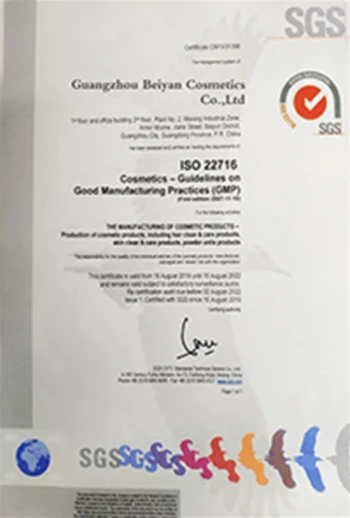



potassium chlorate vs sodium chlorate
Potassium Chlorate vs. Sodium Chlorate A Comparative Analysis
When it comes to chemical compounds used in various applications, potassium chlorate (KClO3) and sodium chlorate (NaClO3) are two significant chlorates that often pique the interest of researchers and industry professionals alike. Both compounds possess unique properties and uses that make them suitable for specific applications, yet they also exhibit differences that can affect their utility in various scenarios.
Chemical Properties and Structure
Potassium chlorate is formed when potassium hydroxide reacts with chlorine dioxide, resulting in a white crystalline substance that is soluble in water. Sodium chlorate, on the other hand, is created from the reaction between sodium hydroxide and chlorine dioxide, and it also appears as a white crystalline solid. While both compounds contain the chlorate ion (ClO3^-), the significant difference lies in their cation potassium (K+) in potassium chlorate and sodium (Na+) in sodium chlorate.
In terms of stability, potassium chlorate is relatively more stable under normal conditions compared to sodium chlorate
. However, both compounds can decompose upon heating, releasing oxygen gas and leaving behind their respective metal oxides. This property makes them valuable as oxidizing agents in various processes.Applications
Potassium chlorate is primarily known for its role in the manufacturing of fireworks, explosives, and as a disinfectant. Its ability to release oxygen when decomposed makes it valuable in the production of oxygen in some chemical reactions. Additionally, potassium chlorate is utilized in the agricultural sector as a herbicide, albeit with caution due to its toxicity to plants.
potassium chlorate vs sodium chlorate

Sodium chlorate, on the other hand, is widely used as a herbicide and defoliant in agriculture. Its effectiveness in controlling unwanted vegetation has made it a popular choice among farmers. Additionally, sodium chlorate is a precursor in the synthesis of chlorine dioxide, which is essential in water treatment processes, especially for disinfection purposes. Its role in the production of bleach further emphasizes its versatility in industrial applications.
Environmental Considerations
Both potassium and sodium chlorate come with environmental concerns. Their use as herbicides raises questions about ecological impact, particularly in water sources where runoff could lead to contamination. Potassium chlorate, being particularly toxic to aquatic life, necessitates careful handling and application to mitigate environmental risks.
Sodium chlorate, while effective, also poses risks associated with its use in herbicides. Over-reliance can lead to the development of resistant weed species and disruption of local ecosystems. Therefore, it’s essential for users to be aware of these risks and manage them effectively, including observing guidelines for application rates and timing.
Conclusion
In conclusion, while both potassium chlorate and sodium chlorate have their unique advantages and applications, the choice between them ultimately depends on the specific requirements of the task at hand. Their chemical properties, stability, applications, and environmental impacts are crucial factors to consider. Understanding the distinctions and similarities between these two compounds enables informed decisions in both industrial and agricultural contexts. As always, safety and environmental awareness should remain a priority in their usage.
-
Why Sodium Persulfate Is Everywhere NowNewsJul.07,2025
-
Why Polyacrylamide Is in High DemandNewsJul.07,2025
-
Understanding Paint Chemicals and Their ApplicationsNewsJul.07,2025
-
Smart Use Of Mining ChemicalsNewsJul.07,2025
-
Practical Uses of Potassium MonopersulfateNewsJul.07,2025
-
Agrochemicals In Real FarmingNewsJul.07,2025
-
Sodium Chlorite Hot UsesNewsJul.01,2025










